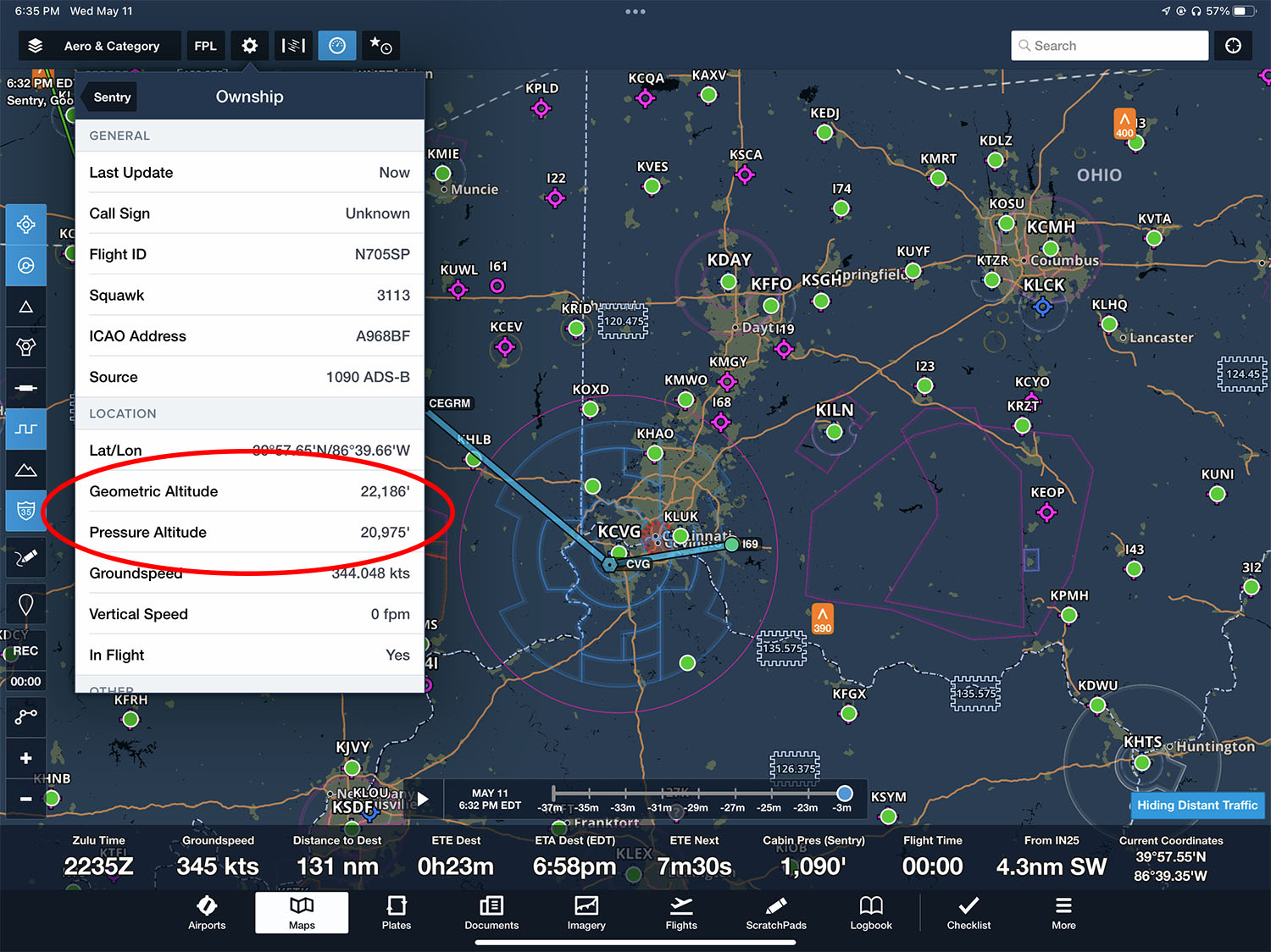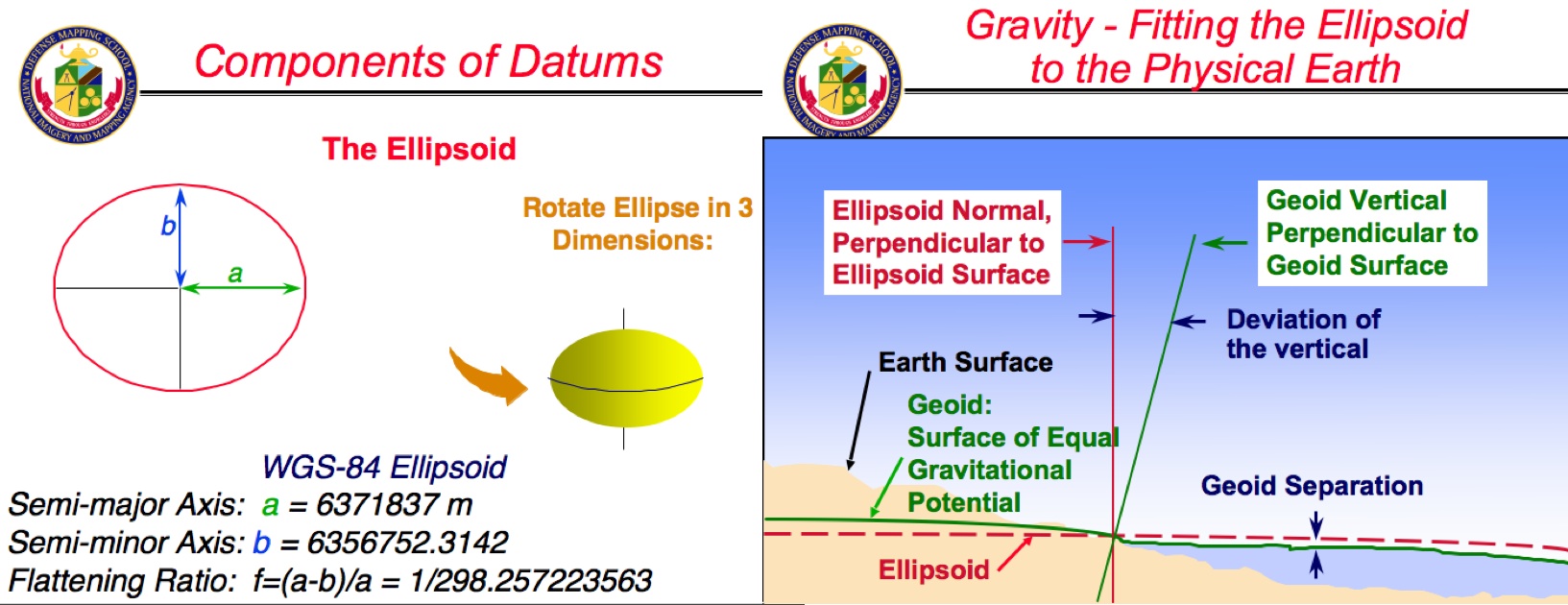Alright, so I was messing around with my phone’s GPS the other day, you know, the tracking stuff for walks and hikes. And it got me thinking, does this thing actually track how high up I am? Like, the altitude? I’ve seen the field for it in some apps, but I wasn’t sure how real it was.

My Little Experiment
So, I decided to check it out myself. Wasn’t anything fancy. I just grabbed my regular smartphone – it’s a couple of years old, nothing special – and my trusty old handheld GPS unit, the kind you use for hiking, just to compare.
First, I made sure location services were cranked up to high accuracy on my phone. Then I started a tracking app, one that shows altitude. I did the same on the handheld GPS. My plan was simple: walk around my neighborhood, which has a few small hills, and then drive up to a local lookout point where I know the elevation because there’s a sign.
Here’s what I did:
- Started recording tracks on both the phone app and the handheld GPS right from my doorstep. My house is at a known base elevation, roughly.
- Walked up the steepest hill nearby. I paid attention to the numbers climbing on both devices.
- Walked back down, watching the numbers drop.
- Hopped in the car and drove up to that scenic lookout. It’s about a 500-foot climb.
- At the top, I stood right next to the elevation marker sign and let both devices settle for a few minutes to get a good reading.
- Checked the recorded tracks afterwards back home.
What I Found Out
Okay, so, the short answer is yes, they both definitely recorded altitude data. It wasn’t just a blank field. Both my phone and the handheld GPS logged elevation numbers along the entire route.
But here’s the interesting part. The numbers weren’t exactly, well, perfect.

My phone’s altitude seemed a bit more… let’s call it ‘optimistic’ sometimes, and a bit laggy other times. Going up the hill, it registered the climb, but the numbers jumped around a bit more than the handheld unit. It also took longer to settle on a reading when I stopped.
The dedicated handheld GPS felt more stable. The altitude changed more smoothly as I walked. When I stopped, it settled on a number pretty quickly.
Now, the big test: the lookout point. The sign there says, let’s say, 850 feet (just using a number for example).
My phone showed something like 820 feet sometimes, then jump to 870 feet, bouncing around.
My handheld GPS was closer, hovering around 840 feet pretty consistently. Still not spot on, but definitely less erratic than the phone.

Looking at the track later, the overall shape of the elevation profile was correct on both devices. You could clearly see when I went uphill and downhill. The general trend was right.
So, The Bottom Line?
Based on my little test, GPS does record altitude. Both my phone and the dedicated unit did it. But the accuracy? It varies.
It seems like the GPS signal itself isn’t primarily designed for super-precise vertical measurement, not like horizontal position (latitude/longitude). Factors like how many satellites it sees, the weather, buildings, trees, and probably the quality of the GPS chip itself make a big difference.
Dedicated units, maybe with better antennas or chips, seem to do a bit better than my phone. Some phones and devices apparently also use barometric pressure sensors to help refine altitude, which might improve things, but I don’t think mine heavily relies on that, or maybe it wasn’t calibrated well.

So yeah, it records it. Good enough for seeing the general shape of your hike or knowing if you climbed a lot? Usually, yes. Good enough for landing a plane or needing survey-grade accuracy? Definitely not with the gear I was using. It was a fun little experiment, though!
